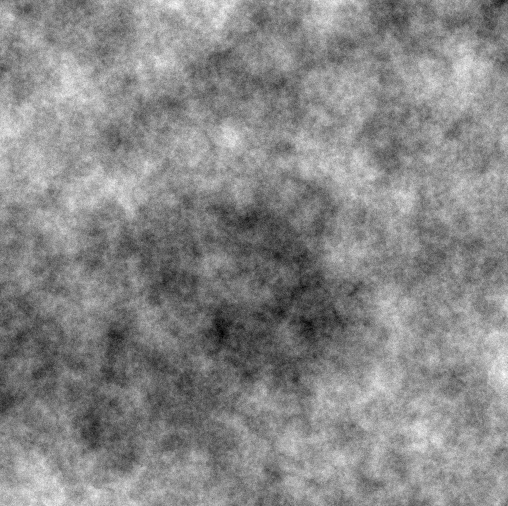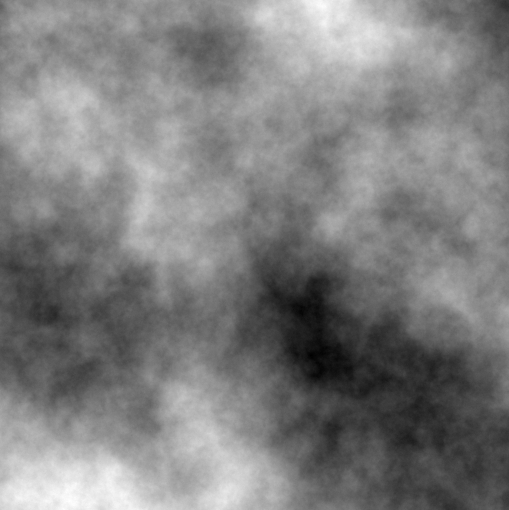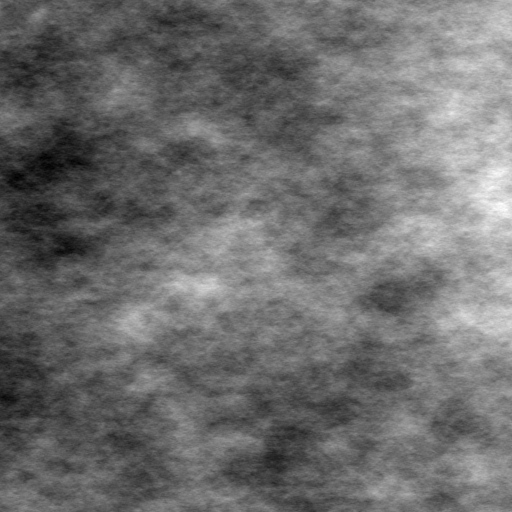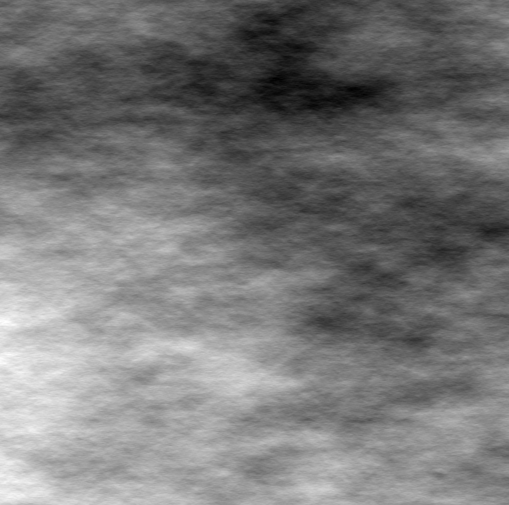Anisotropic Random Fields
There are several ways of considering the anisotropy of random fields. In this project, we will be concerned with anisotropy definitions encountered in three types of anisotropic models, which we call Extended Fractional Brownian Fields (EFBF), Deformed Stationary Fields (DSF) and Germ-Grain Fields (GGF).Extended Fractional Brownian Fields
These models are defined through various extensions of the isotropic Fractional Brownian Field (FBF). The FBF is itself an extension to a d-dimensional (d=2 or d=3) of the famous fractional Brownian motion [MVN68]. The anisotropic extension is performed on the harmonizable representation of the random field by considering anisotropic spectral densities. Among the Extended Fractional Brownian Fields are the Topothesis Function Fields (TFF) [DH99], the Anisotropic Fractional Gaussian Fields (AFGF) [BE03], the Multi-Fractional Brownian Fields (MFBF) [BJR97,PLV96], the Operator Scaling Self-similar Fields (OSSF) [BMS07]. By construction, the Extended Fractional Brownian are Gaussian and are prescribed by the shape of their spectral density as summerized in Table 1. The FBF and the AFGF have been used for the modeling of bones radiographic images in order to characterize osteo-articular diseases [BLJ+94,BPL+01], and for the modeling of mammograms [RB07]. Many questions remain open concerning the simulation and the parametric estimation of the Extended Fractional Brownian Fields. To tackle those problems is one of the primary goals of this project.
|
Deformed Stationary Fields
A simple way of getting deformed stationary fields consists in considering geometric deformations of stationary random fields. Using the Lamperti transform [Lam62], stationary fields are changed into self-similar fields. It is proved in [GPT07] that the fractional Brownian sheet, introduced by Kamont [Kam96], can be considered as a deformed stationary field. This model has different Hurst parameters in orthogonal directions. It has also been obtained by integration with respect to a white noise [Leg00] and has been used for modeling bones radiographic images. One major concerns about these fields is to recover both the deformation and the underlying stationary field. Some approaches to this problem can be found in [EAS05,EAC08,PG00].
Germ-Grain Fields
Those models are classical in Stochastic Geometry: points (germs) and compact sets containing them (grains) are thrown at random in the space. Starting from those models, many random fields can be built. The ``shot-noise'' fields [Ric77] are obtained by considering overlapping grains. For instance, for spherical grains, the shot-noise returns the number of random balls which cover each point [BE06]. In Image Processing, shot-noise models are used in texture synthesis and sometimes referred to as ``spot-noise'' [VW91]. They are also used as models for random images (see for instance random wavelets expansions [MG01]). The normalized models produce one of the simplest algorithmic tools for texture synthesis [GGM08].
By construction shot-noise models are not Gaussian. Hence, the usual parametric estimation techniques are not adapted, second-order statistics characterization being impossible. For shot-noise models, statistical parameters of interest are the germ point process intensity and the grain distribution or some of its features. Recently, estimation methods have been proposed for one dimensional shot-noise processes [FRS07,HP04,MRST07]. The observation process is assumed to be given as
where G's are Poisson point processes (the germs) and Z's are collections of i.i.d. copies (the grains) of a process with compact support [0,Y], independant ofG's. Multidimensional shot-noise models which extend (1) have been studied by [KLNS07,BEK07]. Nevertheless, numerous parametric estimation questions remain open concerning those models.
Other models are still constructed using germ-grain fields, but without any global grain overlapping. For instance, the dead leaves model is built by successive overlapping grains. It appears as an effective tool for the modeling of natural images [Mat68,BGR06]. Some extensions seem attractive for the analysis of radiographic images. In particular, we have in mind the ``transparent'' dead-leave model for which the successive overlapping grains have a transparency factor. It will be developped in following sections. Up to our knowledge, this model is new and some mathematical studies have to be carried out concerning its general properties, as well as the estimation of its parameters.
Boolean models can also be defined by responding values 0 or 1 when a spatial point is covered or not by at least one grain. Such models have widely been studied in stochastic geometry [Mat68,Ser88,SKM87]. They should be used to simulate random alterations or to model 3D biphasic material such as bones. Considering the X-ray transform of these fields seems to be natural for the modeling of radiographic images and for the study of 3D parameters influence on the resulting image properties.



